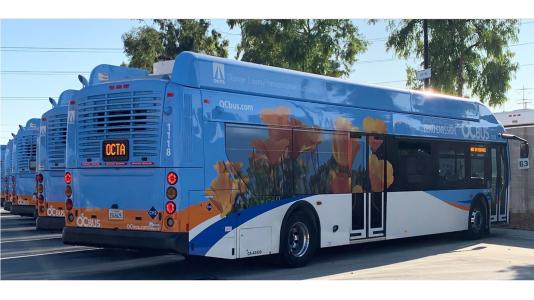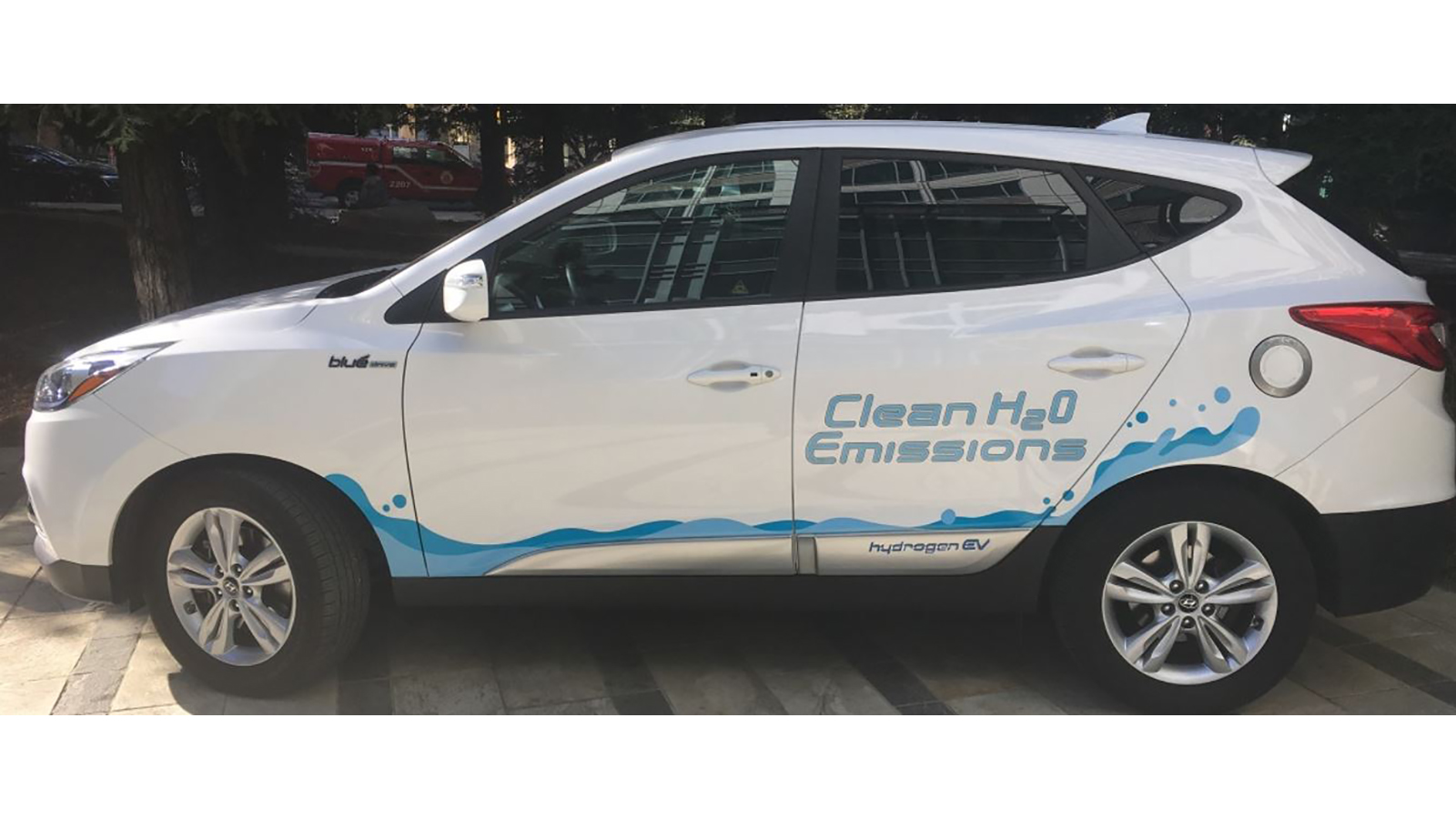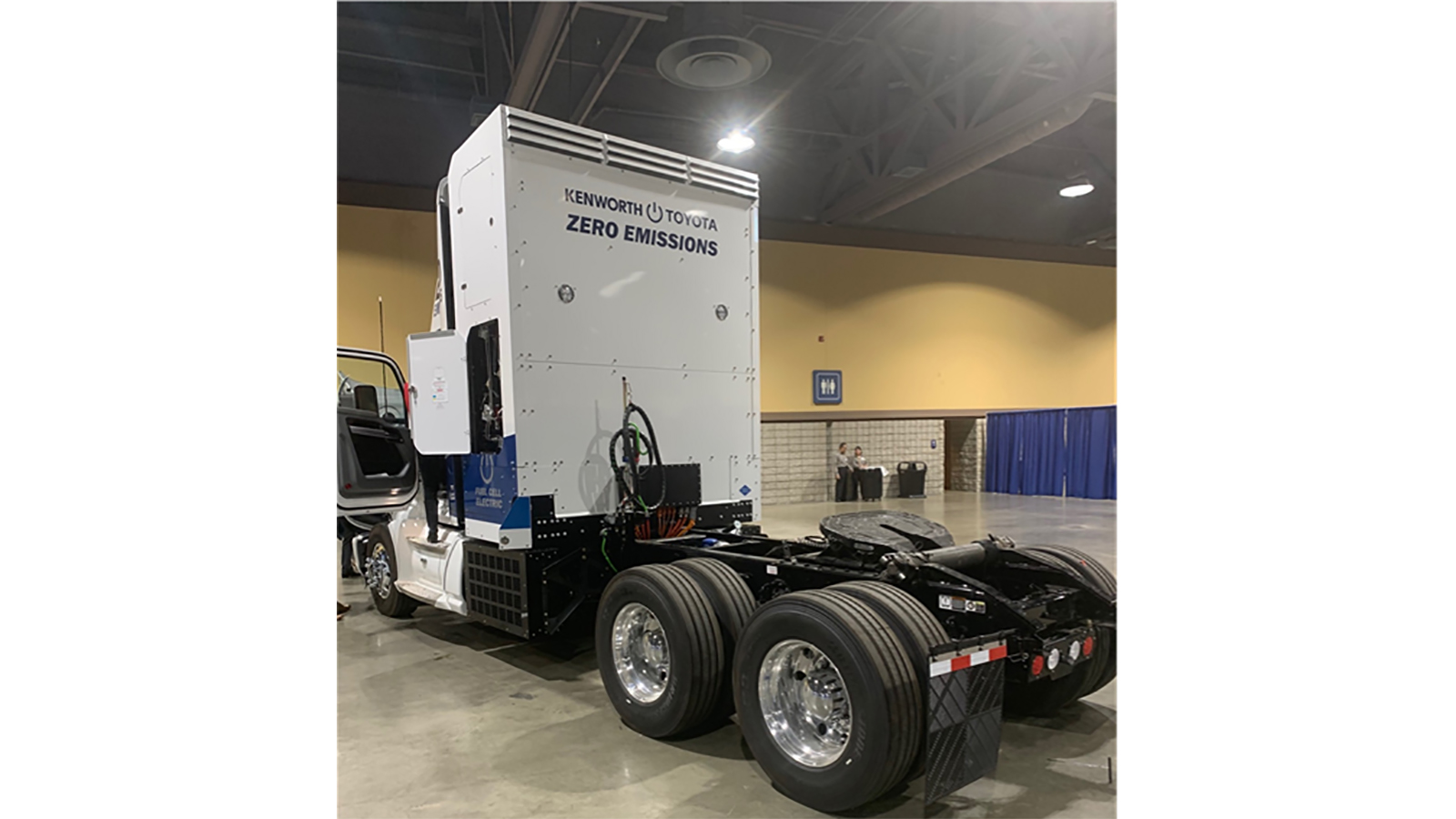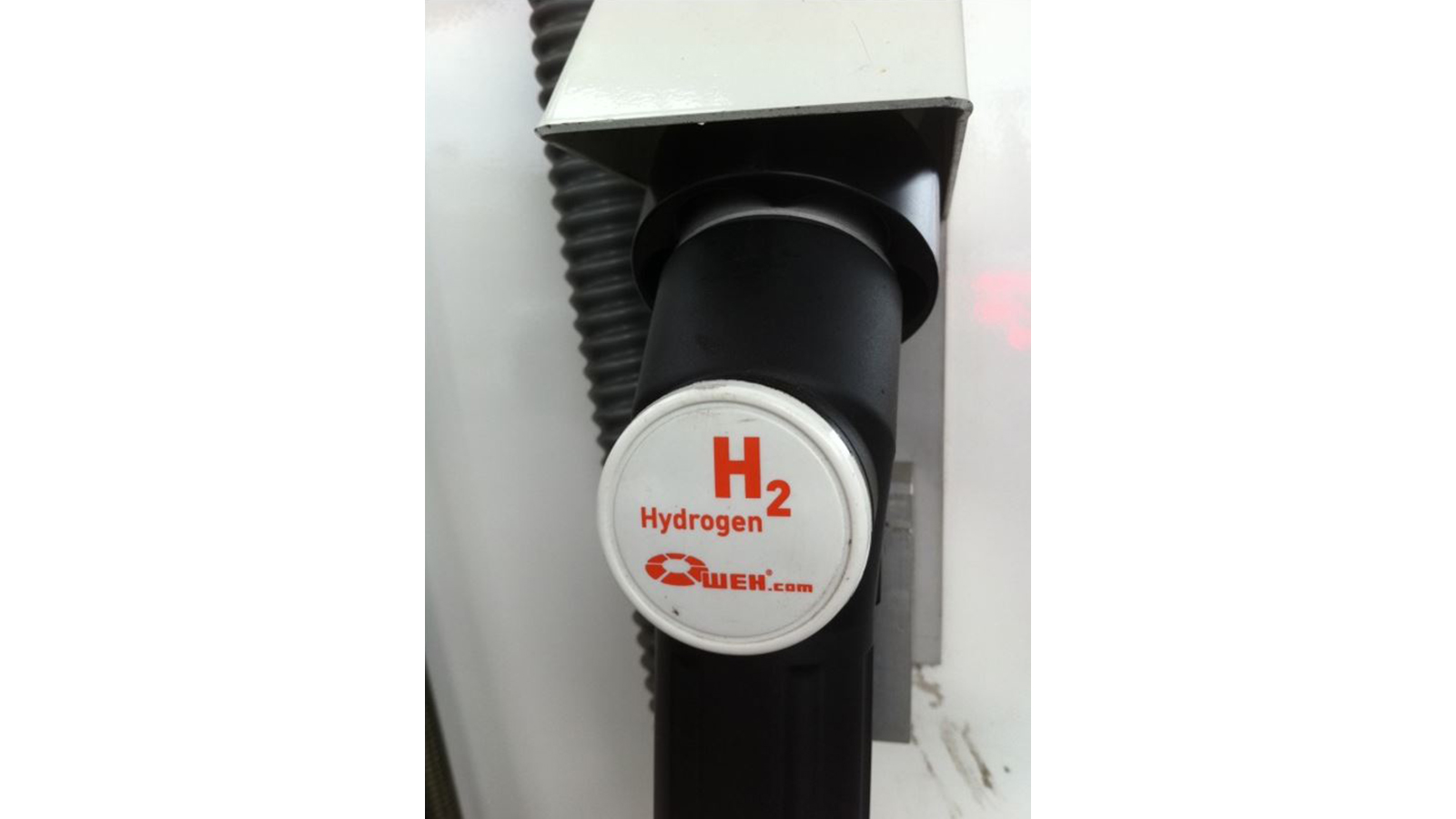
The energy and environmental impacts of hydrogen-powered trains can be evaluated by industry stakeholders and government agencies, with the release of an updated, free assessment tool this fall by the U.S. Department of Energy’s (DOE) Argonne National Laboratory.
“Argonne researchers are expanding their Greenhouse gases, Regulated Emissions, and Energy use in Transportation (GREET) model with new hydrogen pathways and fuel cell applications in freight and passenger railroad transportation,” said Amgad Elgowainy, an Argonne senior scientist and the leader of the Electrification and Infrastructure group.
“Hydrogen is a zero-carbon energy carrier that can be produced from diverse options of clean energy sources and used in fuel cells to produce power with no greenhouse gases or air pollutant emissions (only water is emitted),” Elgowainy said.
Hydrogen-powered passenger trains already exist in Europe, providing a greener and more efficient form of transportation, Elgowainy said.
“Hydrogen is a zero-carbon energy carrier that can be produced from diverse options of clean energy sources and used in fuel cells to produce power with no greenhouse gases or air pollutant emissions (only water is emitted),” Elgowainy said. “Furthermore, the efficiency of producing power using hydrogen fuel cells is double the efficiency of combustion engines using fossil fuels.”
The next annual GREET release is scheduled in October this year, which is primarily funded by the DOE’s Energy Efficiency and Renewable Energy (EERE) Office. The Department of Transportation’s Federal Railroad Administration sponsored the rail module expansion in GREET.
GREET, an environmental assessment tool, was developed in the mid-1990s by Michael Wang, Argonne’s director of the Systems Assessments Center. There are “more than 40,000 registered (GREET) users worldwide, spanning academic institutions, federal and state government agencies, major energy and auto companies, consulting firms and NGOs,” said Elgowainy, who has been involved in the development of GREET since 2001.
“GREET evaluates the energy use and environmental impacts of various vehicle/fuel systems by tracking energy use and emissions at each step of the fuel cycle, starting with the primary energy source in nature and ending with the fuel consumption in vehicles,” Elgowainy said. “Hydrogen and fuel cell applications were initially added to GREET in 1999, and GREET has been expanded annually to evaluate current and emerging hydrogen production and fuel cell technologies.”
Trains are not the only form of hydrogen-powered transportation.
“Hydrogen fuel cells have recently been deployed in commercial vehicles, mainly in California due to its support of developing a hydrogen fueling network, with more than 8,500 vehicles on the road today in California,” Elgowainy said. “States in the North Eastern U.S. are following suit with their deployment plans. Hydrogen is also receiving more attention in the heavy duty vehicle applications, with hundreds of fuel cell buses operating today across the globe, and over 14,000 orders for long-haul fuel cell heavy-duty trucks recently announced by Nikola.”
While Toyota, Honda and Hyundai have hydrogen fuel cell vehicles on the road in California, hydrogen-powered cars are not available throughout United States yet because “a hydrogen fueling network needs to be in place before hydrogen fuel cell vehicles can be deployed,” Elgowainy said.
Hydrogen can be used for marine and aviation transportation, as well as power generation, metal refining, synthetic chemical production and building heating applications, Elgowainy said.
In addition to its environmental assessment tool GREET, Argonne has a techno-economic analysis tool to determine hydrogen delivery and fueling costs, Hydrogen Delivery Scenario Analysis Model (HDSAM), which Elgowainy initially developed in 2004.
“Argonne’s GREET and HDSAM models are used worldwide to inform stakeholders of the cost and environmental implications of using hydrogen fuel cells in various applications,” Elgowainy said.
GREET uses two platforms, GREET.Net and the GREET Excel model, which can both be downloaded for free at http://greet.es.anl.gov/. HDSAM can be downloaded at http://hdsam.es.anl.gov/.


